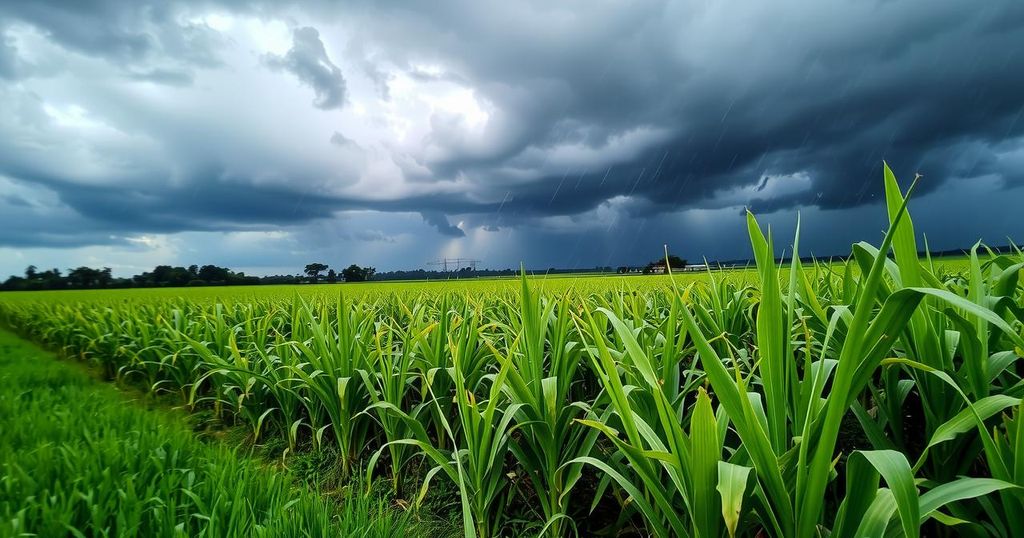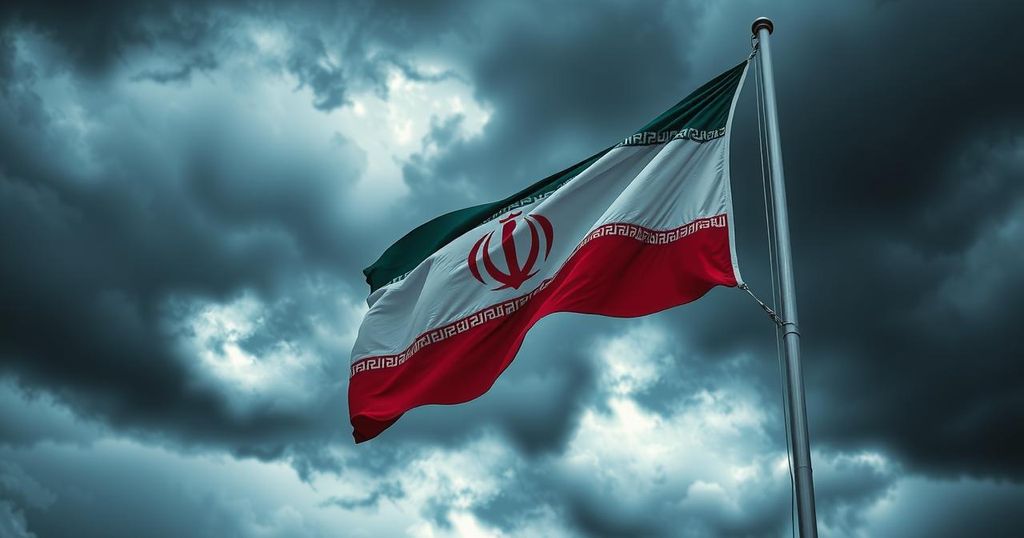Sugar prices are declining due to forecasted rain in Brazil and a weakening real. Global sugar production forecasts show mixed signals, with Brazil facing potential output declines while Thailand prepares for increased production. Export policies in India also affect market dynamics, contributing to price fluctuations in the sugar market.
Current sugar prices are experiencing a decline, with May NY world sugar 11 down by 0.79% and May London ICE white sugar 5 down by 0.35%. This downward trend is attributed to forecasts of rain in Brazil’s sugar-growing regions, which alleviates dryness concerns and places further downward pressure on prices. Meteorologist Climatempo anticipates widespread showers throughout Brazil into the upcoming week.
Additionally, the Brazilian real has dropped to a two-week low, impacting sugar prices negatively. A weaker real tends to stimulate export activities by Brazil’s sugar producers. Previously, sugar prices had spiked to monthly and four-month highs due to indications of diminished global production. Factors such as the reduction in India’s sugar production forecast from 27.27 million metric tons to 26.4 million metric tons have contributed to these shifts in pricing.
Recent reports indicate a 5.3% year-over-year decline in Brazil Center-South sugar output for the 2024/25 season. The International Sugar Organization increased its global sugar deficit forecast, indicating a tightening market following the previous year’s surplus. Notably, the ISO revised down its forecast for global sugar production in 2024/25 to 175.5 million metric tons.
On the bearish side, predictions emerge that Brazil’s 2025/26 sugar production could see an increase, implying potential oversupply. Meanwhile, the Indian government has announced the allowance for exports of an additional 1 million metric tons of sugar, which modulates the production outlook significantly in comparison to the previous season’s restrictions.
The outlook is further complicated as Thailand anticipates an 18% year-over-year increase in sugar production for the 2024/25 season, standing to impact global availability adversely. Past drought conditions and resulting fires had significantly damaged sugar crops in Brazil, leading to revised projections for sugar production.
Moreover, the USDA’s report has forecasted global sugar production to see a slight rise while also predicting greater human sugar consumption. Such dynamics in the market highlight a complex interaction of production rates, weather patterns, and international trade policies affecting sugar price movements.
In summary, sugar prices face downward pressure from favorable weather forecasts in Brazil, a weakening Brazilian real, and varying production expectations globally. Rain expected in Brazil alleviates crop anxiety yet coincides with increased projected yields in other regions, such as Thailand. Market forecasts are highly contingent on international production trends and governmental export policies, influencing the overall sugar market dynamics.
Original Source: www.tradingview.com




